How To Clean A Steel Knife Blade
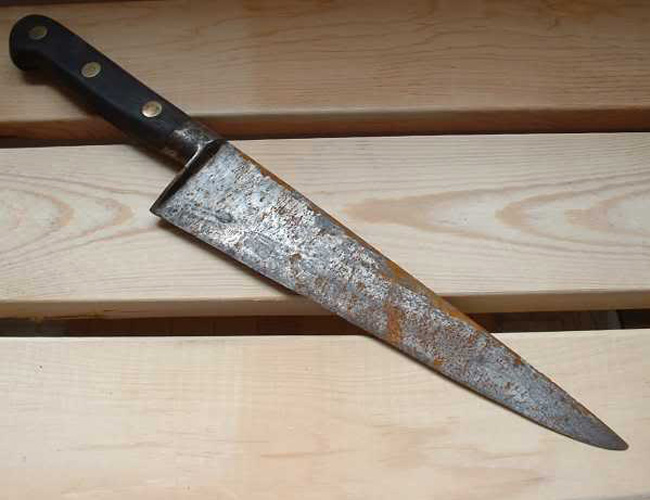
Whether you've found a knife in one of your old toolboxes or accidentally left your favorite knife outside in the rain, chances are you have encountered a nasty case of rust.
Many old timers considered rust the sign of a knife's quality, but a rusted knife is also dangerous, useless, and downright ugly.
(See a knife you like from our catalog, just enter the code below for 10% off. No signup required. Thanks for stopping in!)

We originally wrote this post way back in December 2011, but we thought it'd be a good idea to do update it with some better information, videos, and recommendations.
What is Rust?
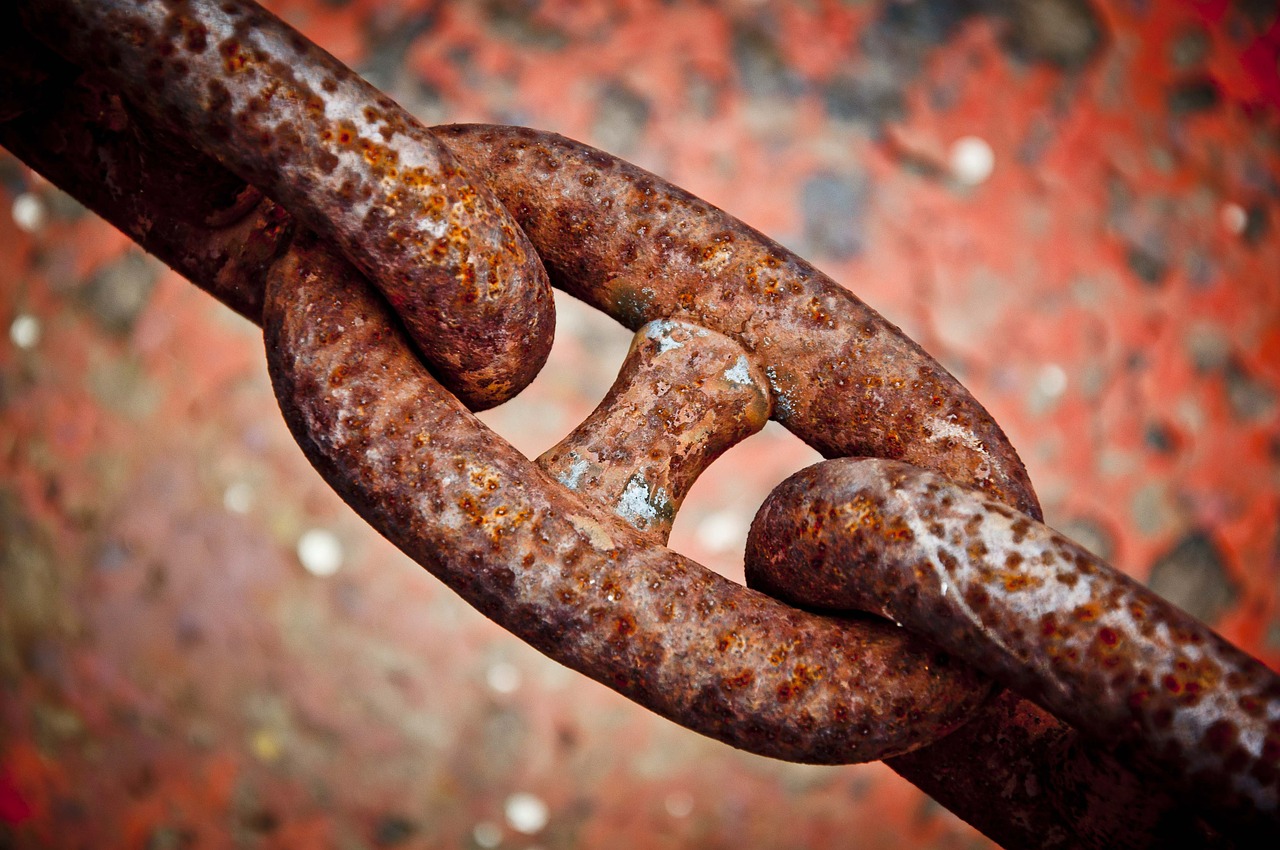
If you only want to some methods for removing rust, skip these next two sections, but it will be helpful to learn more about why your blade is rusting.
First, let's tackle the nature of rust.
Rust is the common name for a compound called iron oxide — that reddish-orange flaky stuff you see peppered on some metal. This forms when iron and oxygen react to moisture. It doesn't even have to be water exactly, it could just be the presence of water in the air.
Here's a more scientific explanation from How Stuff Works:
Iron (or steel) rusting is an example of corrosion — an electrochemical process involving an anode (a piece of metal that readily gives up electrons), an electrolyte (a liquid that helps electrons move) and a cathode (a piece of metal that readily accepts electrons). When a piece of metal corrodes, the electrolyte helps provide oxygen to the anode. As oxygen combines with the metal, electrons are liberated. When they flow through the electrolyte to the cathode, the metal of the anode disappears, swept away by the electrical flow or converted into metal cations in a form such as rust.
Why Do Knives Rust?
Here are the ingredients for rust: iron, water, and air.
For those who don't know, iron is the secret ingredient of the steel found in your knife blades. So when you combine your knife with air and water, you get rust.
"But, wait, my blade is stainless steel," you might be thinking. Unfortunately, stainless steel is only stain-resistant, not stain-proof. (The old saying goes "Stainless…not stainfree.") I tackled the myth of stainless steel a while back, but the gist is that stainless steel has at least 10.5 percent chromium. People in the 1800s found iron-chromium alloys to be more resistant to corrosion because they create a protective layer.
Unfortunately, that means the blade will still rust (unless it's ceramic) under certain conditions as long as it's considered steel.
OK, so there may be one true stainless — as in stainfree — steel called H1. It is commonly found in the Spyderco Salt Series. It barely has any carbon and massive amounts of chromium. There were one or two claims that the steel rusted after years of use at sea, but those were never fully verified.
How to Remove Rust from Your Knife
Each of these methods can be used in conjunction with one another or repeated for particularly rusty blades. After removing the rust, I do recommend resharpening the blade after any method to ensure a sharp and safe blade.
Method #1 – Baking Soda
Materials: Baking soda, water, toothbrush, steel wool (or sponge), cloth
1) Clean Your Knife
The first thing you want to do is thoroughly clean the blade of your knife because dirt can interfere with the removal of rust. Try to avoid water because that's what mostly made your knife rust.
Instead, use some sort of cleaning solution and wipe it down with a cloth.
2) Create Baking Soda Paste
Next, create a little bit of baking soda paste. You can pour a fair amount of baking soda into a bowl and add some water (or lemon juice). Stir it up until it becomes a paste.
3) Scrub with toothbrush
Apply the thick paste to a toothbrush and liberally speed it across the blade. You can scrub only with the toothbrush if the rust isn't too severe or set in.
4) Use steel wool or an abrasive sponge
For extremely rusty blades, you'll need a little more abrasion to help remove the rust. Steel wool is commonly recommended though it can mess up your blade if you scrub too hard. Another alternative is a slightly abrasive sponge.
Be careful not to scrub too hard because you can scratch the blade or ruin the finish.
5) Wipe the blade clean
Finally, clean off the blade with a piece of cloth to remove the excessive baking powder. If you want to be really good to your blade, you can apply some mineral oil afterward to make sure it's lubricated and protected from rust in the future.
Our old pals at Taylor Brands (we miss you) made a video using this essential method, which you should watch if you're the visual type.
Method #2 – Vinegar Bath
Materials: Pan or cup, white vinegar, sponge, cloth
1) Pour vinegar into a cup or pan
Be sure to use white vinegar, which contains a substance called acetic acid that will attack the rust. Other types of vinegar may leave stains.
2) Soak the rusty knife
If you don't want to soak the whole blade (or knife), you can also soak a paper towel in the vinegar and wrap it around the blade. Only leave the knife it for about five minutes. Any longer and you risk damaging your blade.
3) Wipe down the blade
After it's done soaking, you'll want to wipe down the blade. At this point, you may still want to do the baking soda or WD-40 method if there is still a little rust. I'd again recommend mineral oil for extra protection and cleaning.
Here's a cool video showing the power of vinegar on a dive knife
Method #3 – WD-40
Materials: WD-40, fine sandpaper, cloth
I recommend this method for a larger knife like a machete or a knife you won't be using for food preparation since WD-40 can be harmful if ingested. But it's a quick and effective method of rust removal. Don't use it for lubricant.
1) Spray WD-40 on the blade
This step needs little explanation. Spray the affected parts of the blade with a spritz of WD-40.
2) Gently sand the blade
You'll want to use very fine sandpaper (think 400) to gently get the rust off the blade. Make sure not to touch the edge or you're liable to mess it up.
3) Wipe it down
That should be enough to do it. If the rust is heavier, you may want to do one of the two previous methods. Again, avoid if you're doing any food prep with the knife.
This guy demonstrates the method in this old video:
Natural Rust Removal Methods
When you don't have the materials around the house to get rust off your knife, there are a few natural methods you can use.
Potato Method
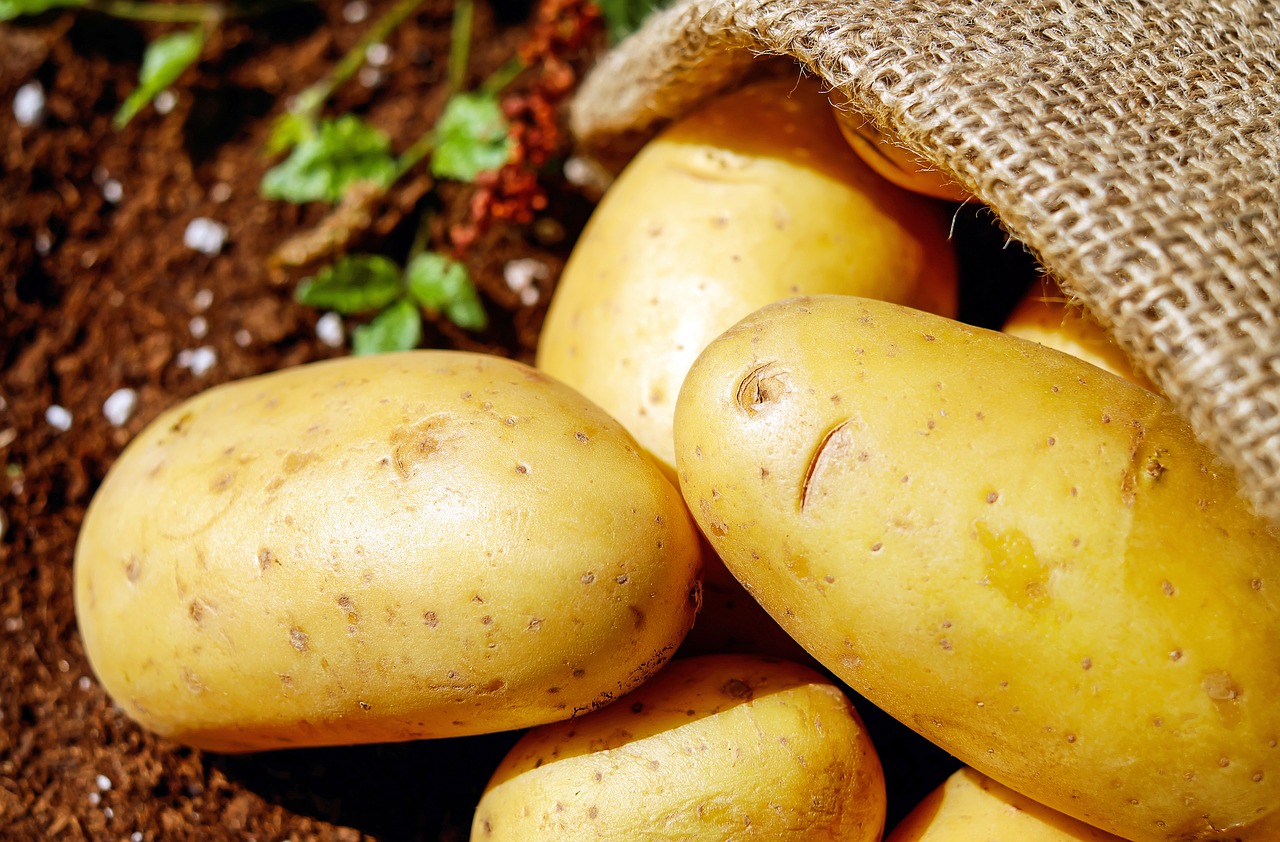
Certain foods also act as a good sources for rust removal. The potato is actually remarkably effective food for removing rust because of its oxalic acid.
Simply stick your knife into the potato for a few hours. After you remove it, wipe the blade with oil and the rust should be gone.
Onion Method
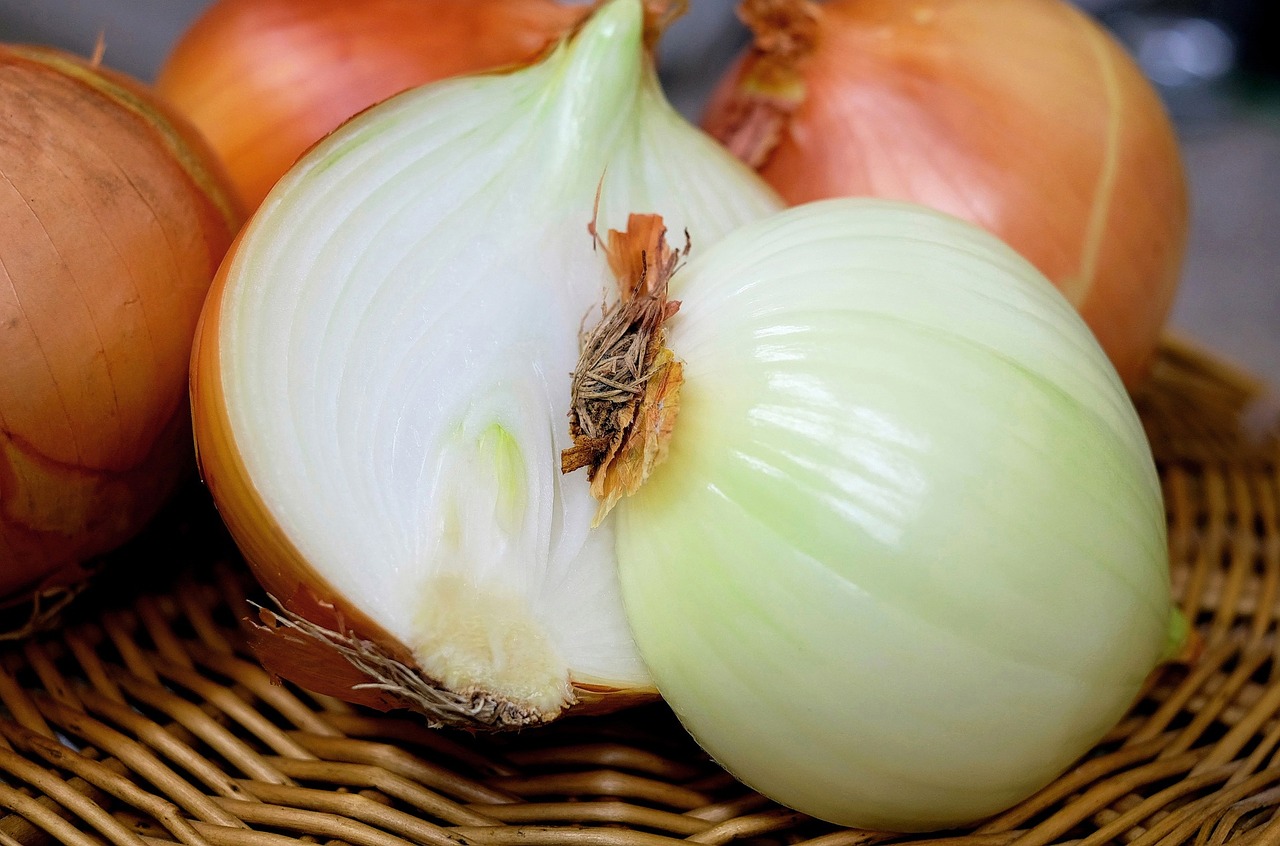
Onions are another food that helps get rid of rust naturally. If you saw back and forth into an onion, the rust will begin to come off by itself.
The sulphenic acids in onions are they key ingredients in getting your blade cleaned.
Dirt Method
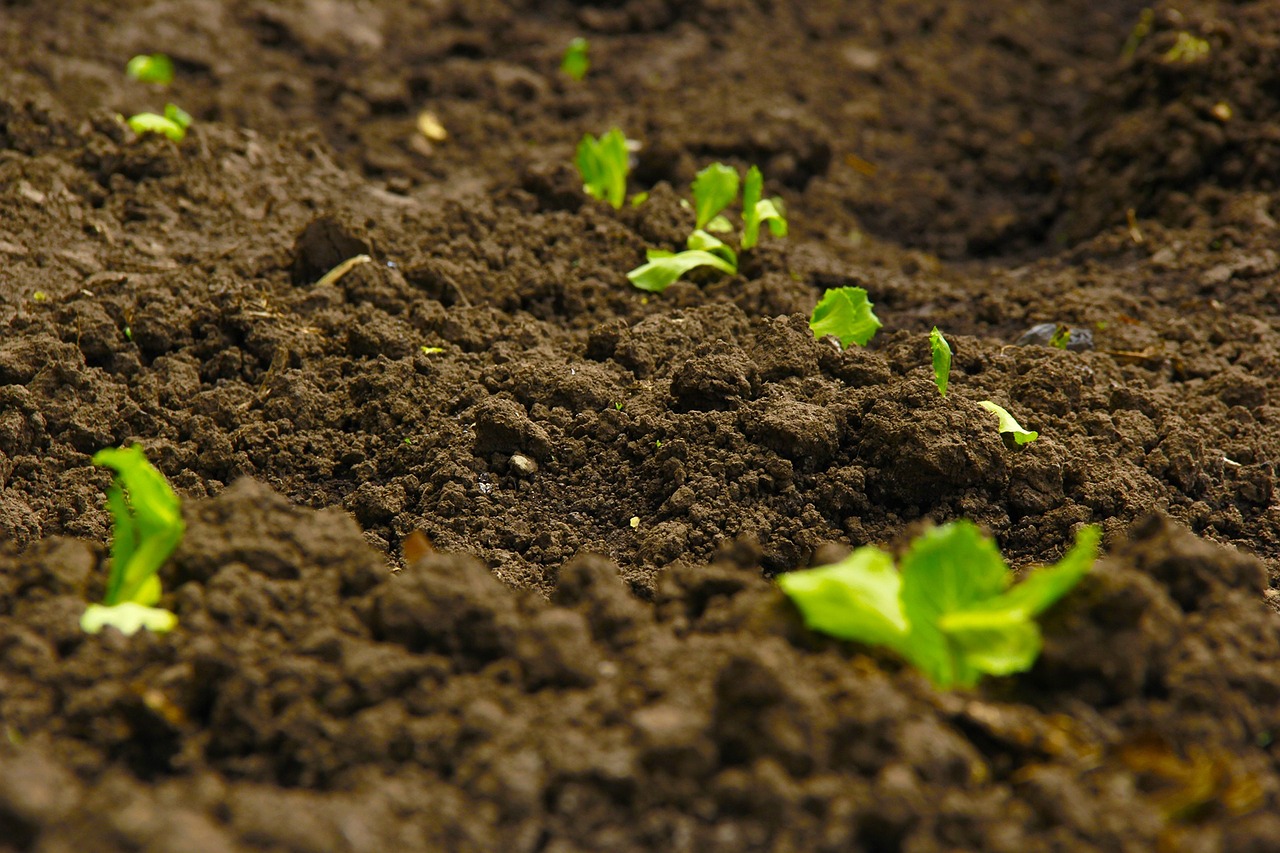
Another more natural way many people suggest is to plunge your rust-covered knife into rich soil about two dozen times and then wipe it clean.
Everyone has their own method, so let us know in the comments what you do.
Grab a New Knife!
If your knife is beyond the amount of work you're willing to put into it, it's OK to move on.
We have thousands of knives in stock that you're welcome to look at. Shop our catalog and buy knives online today.
How To Clean A Steel Knife Blade
Source: https://blog.knife-depot.com/how-to-remove-rust-from-the-blade-of-your-knife/
Posted by: bouldinthairstur.blogspot.com

0 Response to "How To Clean A Steel Knife Blade"
Post a Comment